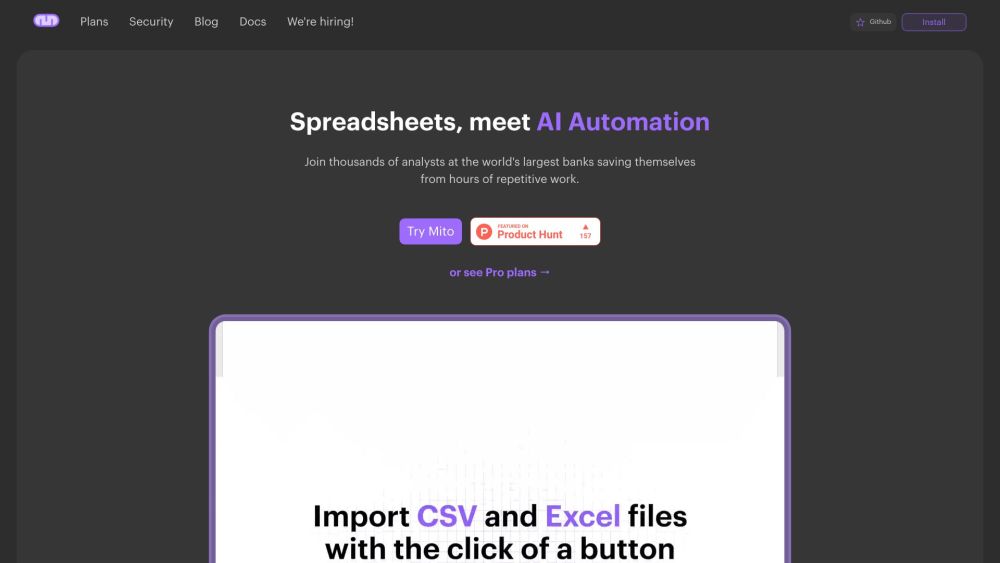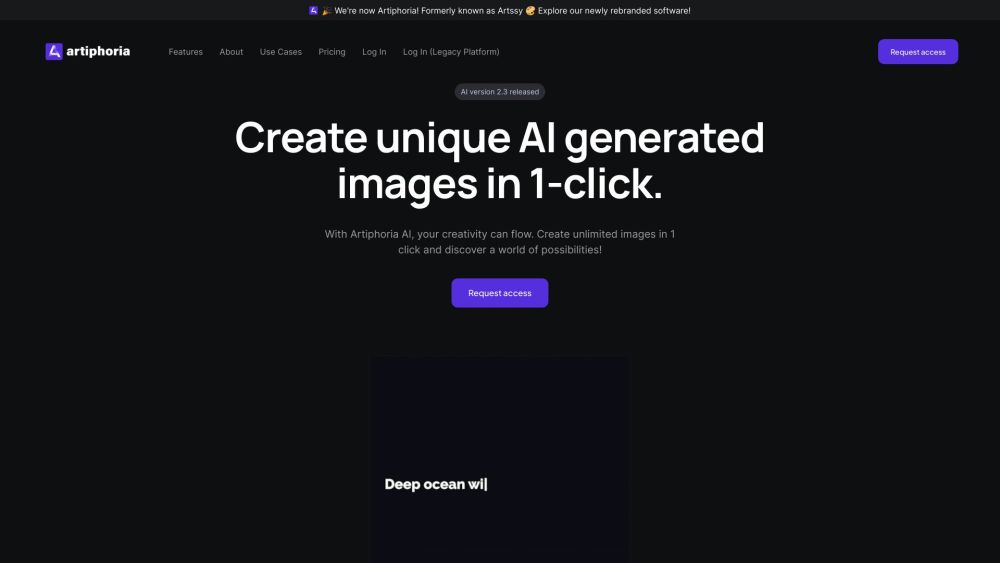Attention is a fundamental element of the transformer architecture that powers large language models (LLMs). However, as LLMs expand and manage increasingly longer input sequences, the computational cost of attention becomes a significant bottleneck.
To tackle this issue, a collaborative team from Colfax Research, Meta, Nvidia, Georgia Tech, Princeton University, and Together AI has introduced FlashAttention-3. This cutting-edge technique substantially accelerates attention computation on Nvidia Hopper GPUs (H100 and H800).
Understanding the Challenge of Attention Computation in LLMs
The transformer model's attention mechanism uniquely allows it to evaluate the relationships between various tokens within an input sequence. While effective, this mechanism is computationally intense. As the length of input sequences increases, the cost of attention computation grows quadratically, leading to significant bottlenecks in LLM scalability.
Moreover, modern GPUs are primarily optimized for matrix multiplication (matmul) operations, the core of deep learning. Other operations, like exponentiation, are much slower, exacerbating performance issues. Attention computations, which incorporate matrix multiplications alongside more intricate functions, like the softmax function for normalizing attention weights, can become constrained due to the latter's higher computational cost. Scheduling workloads effectively is paramount to avoid operational conflicts and utilize memory resources efficiently.
Enhancing Hardware Resource Utilization with FlashAttention
FlashAttention, launched in 2022, addressed the inefficiencies of attention computation by minimizing memory transfers between high-bandwidth memory (HBM) and static random access memory (SRAM) on GPUs. By processing attention weights in smaller chunks or "tiles," FlashAttention improved efficiency, allowing LLMs to expand their context windows from thousands to potentially millions of tokens.
However, as hardware capabilities advanced, so did the need for further optimizations. FlashAttention-2, introduced in 2023, optimized GPU resource use, achieving 70% of the maximum performance on Nvidia A100 GPUs, but it only leveraged 35% of the H100's capabilities.
FlashAttention-3 Innovations
FlashAttention-3 capitalizes on new Nvidia Hopper GPU features to enhance performance, including improved throughput for matrix multiplication and faster data transfers across memory segments. This enables better efficiency with low-precision operations.
Key innovations of FlashAttention-3 include:
1. Optimized Scheduling: Operations are organized to maximize the overlap of computation and data movement, which mitigates idle GPU time.
2. Seamless Operation Interleaving: By combining matrix multiplication and softmax operations, FlashAttention-3 minimizes potential bottlenecks.
3. Enhanced Quantized Model Performance: Special arrangements in operations ensure faster and more accurate computations, even when using low-bit representations to reduce model sizes, addressing the typical accuracy trade-off associated with quantization.
Research indicates that FlashAttention-3 can utilize up to 75% of the H100 GPU's maximum performance, providing a 1.5–2x speedup compared to previous FlashAttention versions for training and deploying LLMs.
Benefits of FlashAttention-3
The speedier attention computation that FlashAttention-3 delivers has profound implications for LLM development and applications:
- Accelerated Training: The enhanced efficiency can cut training times significantly, allowing researchers to explore larger models and datasets.
- Expanded Context Windows: By enabling the efficient processing of longer sequences, FlashAttention-3 opens new avenues for LLM applications, such as long-form document comprehension and many-shot in-context learning.
- Cost Efficiency: Higher GPU utilization can lead to fewer required accelerators for LLM operations, ultimately reducing production costs.
FlashAttention-3 has been open-sourced under a permissive license, with plans for integration into popular deep learning libraries like PyTorch and Hugging Face Transformers. This aims to facilitate researchers and developers in harnessing the advances of FlashAttention-3. As stated by the researchers in a Together AI blog post, “Designing algorithms that leverage hardware features can yield significant efficiency improvements and unlock new model capabilities.” They look forward to further optimizations for LLM inference and applying their techniques across various hardware architectures.






